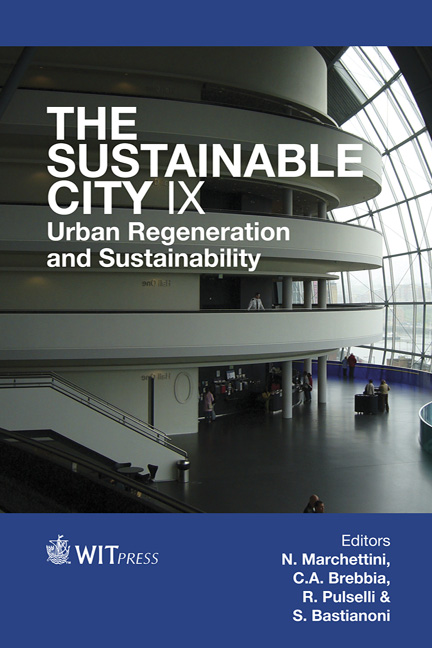Cost-optimization Model For Reducing Health And Climate Effects From Residential Wood Combustion In Finland
Price
Free (open access)
Transaction
Volume
191
Pages
8
Page Range
1505 - 1512
Published
2014
Size
338 kb
Paper DOI
10.2495/SC141272
Copyright
WIT Press
Author(s)
V.-V. Paunu, M. Savolahti, N. Karvosenoja, K. Kupiainen
Abstract
Residential wood combustion (RWC) is a major source of air pollution emissions in Finland. There are several technical and non-technical measures to reduce the emissions, with different efficiencies and costs. The challenge for the policy makers is to choose the best compilation of the measures to reduce the negative climate and health effects. This paper presents a cost-optimization model for choosing the portfolio of emission reduction measures to support decision making. The model used linear programming to optimize the portfolio. The measures included in the study had large differences in the unit costs for reduction of the climate and health effects. Therefore, the chosen measures always followed the same order from one with the lowest cost to the highest, so that low-cost measures were first implemented to their full potential. We identified several ways to improve the modelling. Firstly, the cost-effect curves used were linear. In reality, the costs usually increase as the implementation rate of the measure is increased. Secondly, the model needs to be dynamic in the handling of the measure portfolio choosing. Measures affect each other, changing the reduction potentials and, therefore, the unit costs of the measures. Thirdly, the effect of an information campaign promoting better user practices on the burning is a complicated one, and should be studied more to improve the assessment.
Keywords
residential wood combustion, short-lived climate forcers, black carbon, emission reduction, fine particles, population weighted concentration, linear programming





